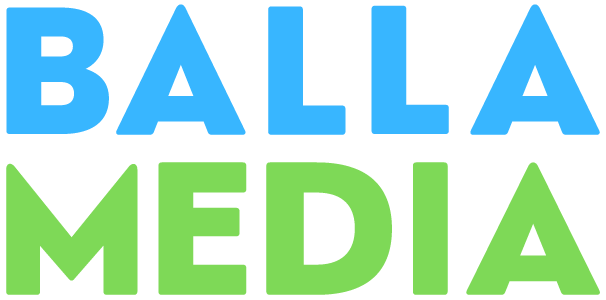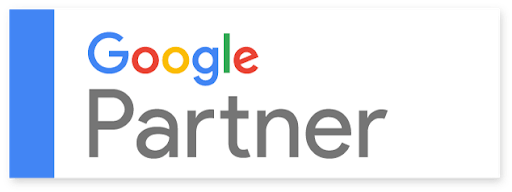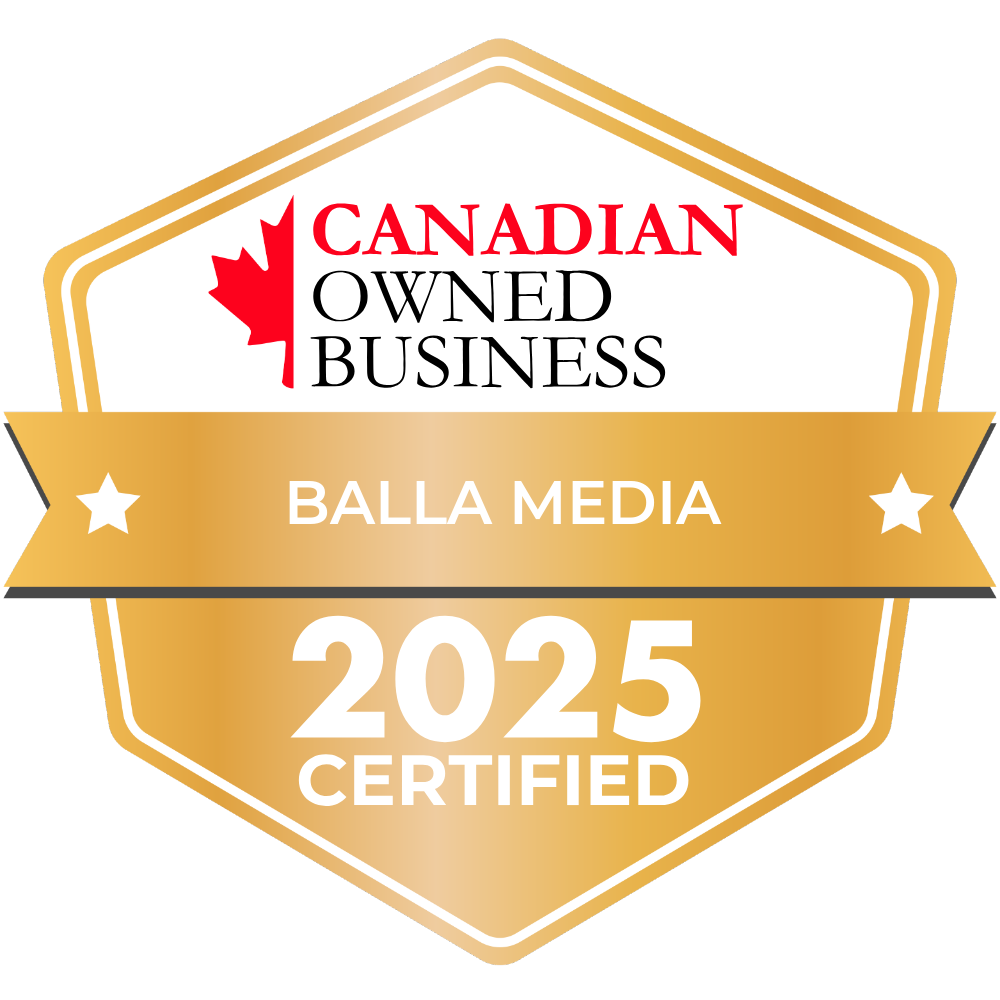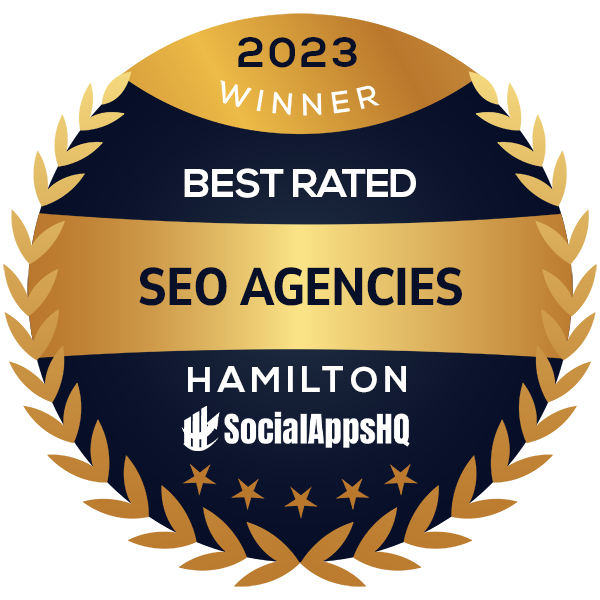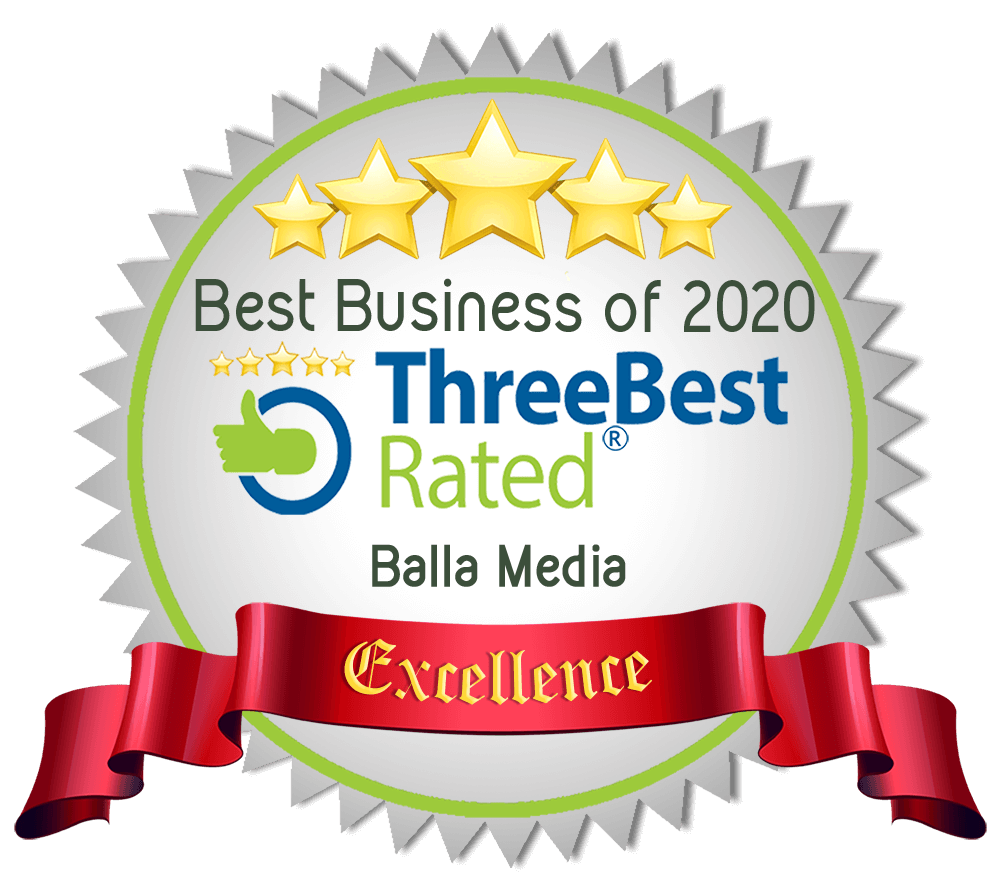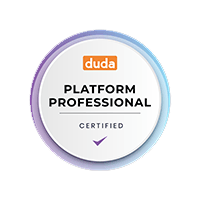Glossary of
Digital Marketing
Here to help you navigate essential industry terminology
A/B Testing
Marketing research in which one variable in a control group is altered to test how it affects other variables, with the goal of boosting the efficacy of the final marketing strategy.
ALT text
An HTML attribute that provides an alternate text description if non-textual elements such as images fail to load. Also provides accessible descriptions for electronic reading software.
Analytics
The practice of collecting metrics data to quantify the performance of various marketing campaigns, as well as examine opportunities for improvement.
Backlinks
Incoming links that refer to all links from other websites referencing the website in question. In SEO, backlinks help increase your site rank so it is seen by more people.
Behavioural Targeting
Refers to the ability of publishers and advertisers to target people online that exhibit “behaviours”. Behaviour is determined by the web user’s browsing history.
Blog
Short for "weblog"; refers to any page or site with written posts typically directed towards a niche market. Blogs can be informal and short, or very comprehensive based on your brand and target audience.
B2B
Business to Business
Business that sells products or services that support other businesses.
B2C
Business to Consumer
Business that sells products or services that are intended to service general target consumers.
Browser Cache
The storage of Web files for later re-use at a point more quickly accessed by the end user.
Cookie
A small piece of information (i.e., program code) that is stored on a browser for the purpose of identifying that browser during audience activity and between visits or sessions.
CVR
Conversion Rate
A conversion is when a visitor takes the desired action while visiting your site. The CVR is the percentage ratio of conversions to clicks.
CMS
Content Management System
A software application with a user-friendly interface and internal database to quickly manage, modify and update content on a website.
CPA
Cost per Acquisition
A pricing model where companies are charged by advertising platforms only when leads, sales or conversions are generated.
CPC
Cost per Click
A pricing model where companies are charged by publishers for every click people make on a displayed ad which leads to your company’s site.
CPM
Cost per Thousand
A pricing model where advertising impressions are purchased and companies are charged the number of times their ad appears per 1,000 impressions.
CTA
Call to Action
A piece of content used to instruct a viewer to perform a specific action, usually tied to certain business goals.
CTR
Click-Through-Rate
Identifies the percentage of the people who click on a link. The higher the CTR percentage, the more people went through.
Display Advertising
A form of online advertising where an advertiser’s message is shown on a destination webpage generally set off in a box at the top or bottom or to one side of the content of the page.
Domain
A unique identifier in URLs, (e.g. ballamedia.ca) typically the same as the organization name, to identify web pages and where they belong.
E-Commerce
The process of selling products or services to a wide audience via Web. Some pros include accessibility, personalized content, and lower service cost.
Frequency
The number of times an ad is delivered to the same browser in a single session or time period. A site can use cookies in order to manage ad frequency.
Geo-targeting
Displaying (or preventing the display of) content based on automated or assumed knowledge of an end user's position in the real world.
HTML
Hypertext Markup Language - a standard script that can display simple text and images on the Internet. Generally, websites are a mix of HTML and other code scripts.
Impressions
The number of times a company’s ad will appear to its target audience.
Inbound Marketing
A marketing model in which sales performance relies on "inbound links" to your website from another site and user initiative to purchase your product or services.
Justify
A paragraph alignment that adjusts text to fit within a confined frame, regardless of the text direction.
Keyword
A word or phrase that people use to search for relevant topics on search engines.
Lead Generation
The process of finding and connecting with potential customers for a business's products or services.
Meta-tags
Snippets of text that describe a page’s content; the meta tags don’t appear on the page itself, but only in the page’s code.
Multi-variate Testing
Similar to A/B Testing, except that multiple variables are changed in different combinations to determine the best marketing strategy.
Organic Traffic
Traffic generated to your website by a Search Engine, Social Media or backlink from another website. This could be traffic from Google, Yahoo or Bing. Also known as “free” traffic.
Page Speed
Refers to how clearly and quickly website content such as text, images and videos take to load. A critical factor in user experience, user retention, and improved search engine ranking.
Paid Traffic
When a company bids on keywords to be displayed on search engines. These results appear separately, either on top, bottom or right side of a search results page.
Pop-Up Ad
An ad that appears in a separate window layered on top of content already on-screen.
ROI
Return on Investment
The gains received from a certain investment compared to its cost. Can include other metrics aside from monetary cost, such as conversions or time.
SEM
Search Engine Marketing
Involves the promotion of websites by increasing their visibility in search engine results pages, primarily through paid advertising.
SEO
Search Engine Optimization
Refers to construction of site content that is optimized to ensure a higher ranking on a search engine’s results page.
Search Advertising
A method of placing online advertisements on web pages that show results from search engine queries.
Social Networking
The practice of using web-based and mobile platforms to build online communities, curate followers and connect with people who share common interests or activities.
Widget
A small application designed to reside on a desktop or within a Web-based portal or social network site (e.g. Facebook) offering useful or entertaining functionality to the end user.

